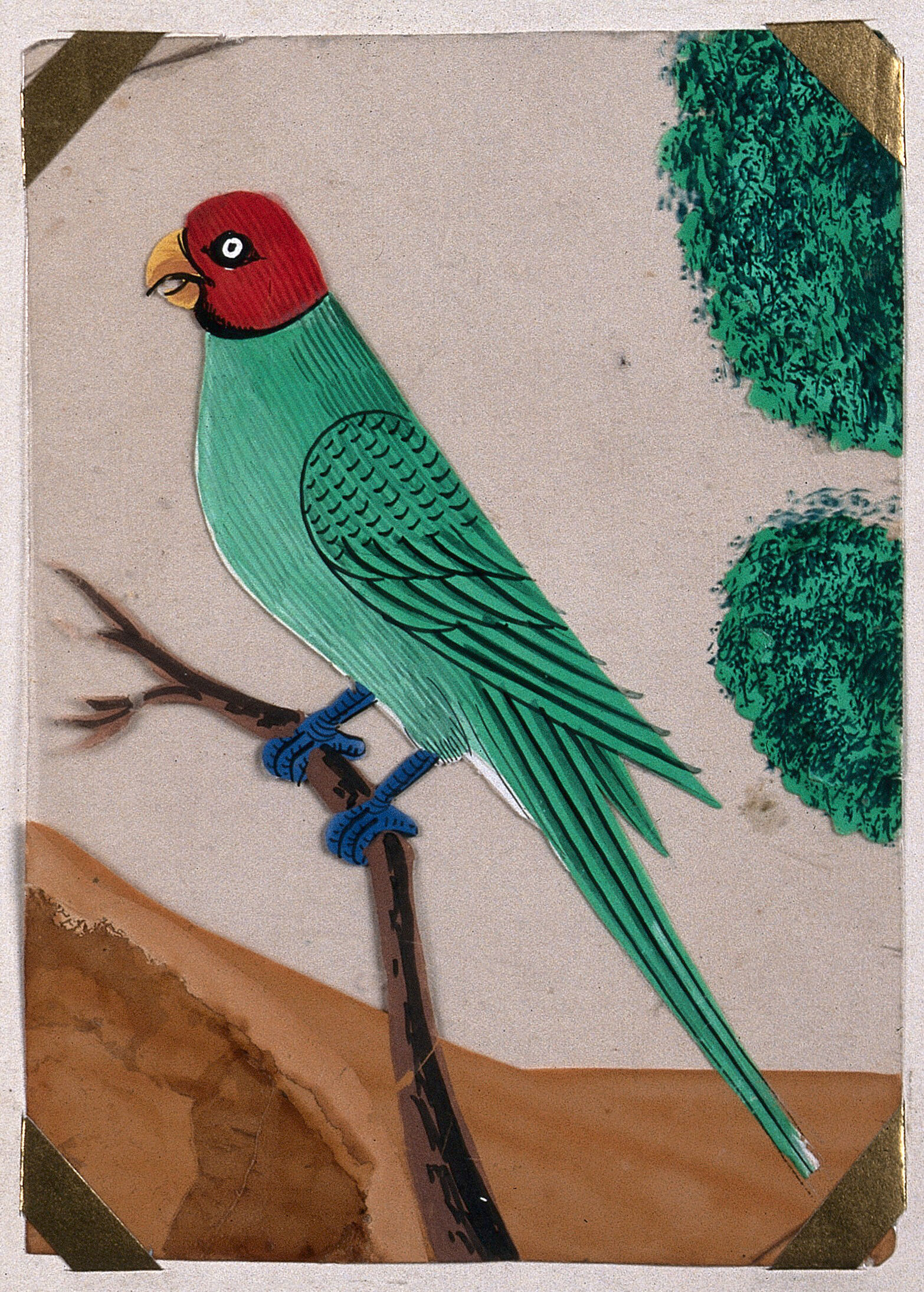Fauna Names in the Ḍākārṇava
DOI:
https://doi.org/10.18732/hssa110Keywords:
natural philosophy, philology, environmental humanities, Indo-TibetanAbstract
The Ḍākārṇava, a Buddhist tantra extant since the eleventh century, includes 108 fauna goddesses in its principal maṇḍala. Many of the associated fauna species have not been identified before. This study investigates these zoonyms in light of the tantra’s natural and linguistic environment, located in the medieval coastal northeast of the Indian subcontinent. Drawing on Sanskrit medical and lexical literature, as well as regional zoological data, new identifications are proposed for species including the red-vented bulbul, muntjac deer, dhole, Asian water monitor, and windowpane oyster. Additional names are conjectured to designate the clouded leopard, pangolin, silond catfish, and others. The article includes a revised edition and annotated translation of Ḍākārṇava 15.125cd–129, 135–138, and 167–170ab, along with a concordance of fauna names from directly related tantric texts: the Kulikātattvanirṇaya, Laghutantraṭīkā and Kālacakratantra.
Downloads

Downloads
Published
How to Cite
License
Copyright (c) 2025 Iain Sinclair

This work is licensed under a Creative Commons Attribution-ShareAlike 4.0 International License.
Authors who publish with this journal agree to the following terms:Authors retain copyright and grant the journal right of first publication with the work simultaneously licensed under a Creative Commons Attribution-ShareAlike license that allows others to share the work with an acknowledgement of the work's authorship and initial publication in this journal.
Authors are able to enter into separate, additional contractual arrangements for the non-exclusive distribution of the journal's published version of the work (e.g., post it to an institutional repository or publish it in a book), with an acknowledgement of its initial publication in this journal.
Authors are permitted and encouraged to post their work online (e.g., in institutional repositories or on their website) prior to and during the submission process, as it can lead to productive exchanges, as well as earlier and greater citation of published work (See The Effect of Open Access).



